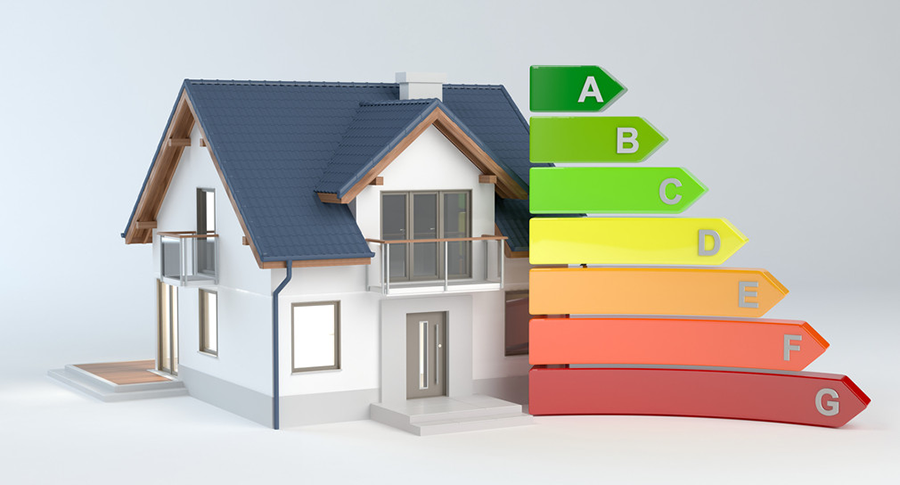Picture this: You tried minimizing your home’s energy consumption by shifting to smart appliances. It was going well for a couple of months until, one day, you were surprised that your energy bill went up. With no additional appliance or occupant, you cannot pinpoint the reason behind the surge.
In the quest for a more energy-efficient home, many homeowners overlook a crucial component—their HVAC system’s air ducts. These seemingly inconspicuous conduits play a pivotal role in regulating indoor temperature, and maintaining them can significantly impact your home’s energy costs.
This blog will unravel the secrets of how air duct maintenance can reduce your home’s energy expenses.
Improves Airflow
Over time, dust, debris, and even mold can accumulate within the ducts, obstructing the smooth flow of air. When the airflow is compromised, your HVAC system has to work harder to deliver the desired temperature, resulting in increased energy consumption.
Cleaning, maintaining, and sealing your air ducts ensures that air can circulate freely, reducing the strain on your HVAC system. This enhanced airflow improves your system’s efficiency and creates a more comfortable living environment.
Enhances HVAC System Efficiency
An efficient HVAC system is synonymous with lower energy bills. The interconnected nature of the components means that any hindrance in the system can lead to reduced efficiency. Regular air duct maintenance directly addresses this issue by keeping the entire system in top-notch condition.
When your HVAC system operates at peak efficiency, it requires less energy to maintain the desired temperature. This translates to lower energy consumption and, consequently, reduced monthly bills. Think of it as giving your HVAC system a spa day—it comes out rejuvenated and ready to perform optimally.
Seals Leaks
Air ducts are not immune to wear and tear; over time, they may develop leaks or cracks. These seemingly minor openings can have a significant impact on your energy bills. Leaky ducts allow conditioned air to escape into unconditioned spaces like attics or crawl spaces, forcing your HVAC system to work harder to compensate for the loss.
During routine air duct maintenance, professionals inspect and seal any leaks, making sure the conditioned air reaches its intended destination. This small yet impactful step can lead to substantial energy savings, as your HVAC system operates more efficiently without unnecessary energy losses.
Extends HVAC System Lifespan
Your HVAC system is a significant investment; you want to maximize its lifespan like any investment. Regular air duct maintenance plays a crucial role in achieving this goal. By addressing issues promptly and preventing the accumulation of dust and debris, you reduce the overall wear and tear on your HVAC system.
A well-maintained HVAC system is less likely to experience breakdowns or major malfunctions. Not only will it save you from costly repairs, but it also extends the lifespan of your system, allowing you to enjoy its benefits for years to come without the need for premature replacement.
Improves Indoor Air Quality
Beyond energy savings, air duct maintenance contributes to a healthier indoor environment. Over time, air ducts can become breeding grounds for dust mites, mold, and other allergens. When your HVAC system circulates air through contaminated ducts, these pollutants are dispersed throughout your home.
Regular air duct cleaning and maintenance help eliminate these contaminants, improving indoor air quality. Cleaner air contributes to a healthier living space and reduces the strain on your HVAC system. When the system doesn’t have to filter out as many pollutants, it operates more efficiently, contributing to energy savings.
How Often Should You Get Your Air Ducts Clean
How often you should get your air ducts cleaned depends on various factors, including the specific circumstances of your home. While there isn’t a one-size-fits-all answer, here are some general guidelines to help you determine how often air ducts should be cleaned:
Annually: It’s a good practice to have a professional HVAC technician inspect your air ducts at least once a year. This inspection can identify any visible issues or accumulations of dust and debris. However, this doesn’t necessarily mean a full cleaning is required yearly.
Every 3 to 5 Years: A comprehensive air duct cleaning every 3 to 5 years is generally sufficient for typical residential homes with average usage. However, homes in dusty or high-pollen areas, or those with pets, may benefit from more frequent cleaning.
As Needed: If you or your family suffer from allergies, respiratory issues, or other health concerns, you might consider more frequent cleanings. In such cases, maintaining clean indoor air becomes a priority.
Post-Construction or Renovation: If you’ve recently completed construction or renovations in your home, it’s advisable to schedule an air duct cleaning. Construction dust and debris can find their way into the ductwork, affecting air quality.
Immediately: If you notice signs of contamination, such as mold growth, a substantial buildup of dust and debris, or a musty odor, it’s crucial to address the issue promptly. In such cases, an immediate air duct cleaning may be necessary.
You should also consider getting the air ducts cleaned if you discover a pest infestation, such as rodents or insects, in your ductwork. It’s essential to address the problem promptly. In addition to pest control measures, a thorough cleaning may be necessary to remove contaminants left behind.
Get Your Air Duct Clean For a Healthier, More Energy-Efficient Home!
Ready to transform your home’s air quality and maximize energy efficiency?
Take the first step towards a healthier living space by booking an air duct cleaning service with Aeroseal Colorado. Our experienced professionals are equipped to tackle dust, debris, and contaminants lurking in your ductwork, ensuring clean, fresh air circulation throughout your home.
Schedule your air duct consultation with Aeroseal Colorado and see how our air duct maintenance and sealing can reduce your home’s energy costs.
